 | Elias Loomis - Conic sections - 1857 - 242 pages
...quantities are proportional, any one ante cedent is to its consequent, as the sum of all the antecedents, it to the sum of all the consequents. Let A : B : : C : D : : E : F, <fcc. ; then will A : B : : A+C+E : B+D+F For, since A : B : : C : D, we have AxD=BxC. And, since A... | |
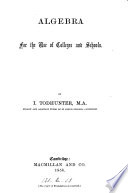 | Isaac Todhunter - Algebra - 1858 - 530 pages
...c—d or, a + b : а— b :: c + d : c- d. 397. ÏTAeи any number of quantities are proportionals, as one antecedent is to its consequent, so is the sum of all the antecedents to the sum of all tlie consequents. Let a : b :: с : d :: e : f; then, a : b :: a + c + e : b +d+f. For ad=bc, and af=... | |
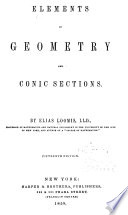 | Elias Loomis - Conic sections - 1858 - 256 pages
...quantities are proportional, any one ante cedent is to its consequent, as the sum of all the antecedents, it to the sum of all the consequents. Let A : B : : C : D : : E : F, &c. ; then will A : B : : A+C+E : B+D+F For, since A : B : : C : D, we have AxD=BxC. And, since A : B : : E :... | |
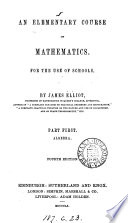 | James Elliot - 1860 - 252 pages
...and so on. THEOREM VIII. If any Number of Quantities are Proportionals, as any one of the Antecedents is to its Consequent, so is the Sum of all the Antecedents to the Sum of all the Consequents. Thus, if a : p : : b : q : : c : r, then a : p : : a + b + c : p + q + r. DEM. Since a : p :: b : q,... | |
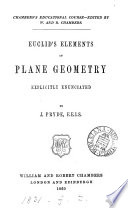 | Euclides - 1860 - 288 pages
...10). PROPOSITION XII. THEOREM. If any number of magnitudes be proportionals, as one of the antecedents is to its consequent, so is the sum of all the antecedents to that of the consequents. Given A : B : : C : D, and C : D : : E : F ; to prove that A:B::A+C + E:B... | |
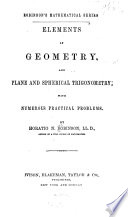 | Horatio Nelson Robinson - Geometry - 1860 - 470 pages
...proportional, any one of the antecedents will be to its consequent as the sum of all tht antecedents is to the sum of all the consequents. Let A, B, C, D, JB, etc., represent the several inagm tudes whi )h give the proportions To which we may annex the identical... | |
 | Elias Loomis - Conic sections - 1860 - 246 pages
...proportional, any one ante cedent is to its consequent, as the sum of all the antecedents, it to the sum cf all the consequents. Let A : B : : C : D : : E : F, &c.; then will A : B : : A+C+E : B+D+F For, since A : B : : C : D, we have AxD=BxC. And, since A : B : : E :... | |
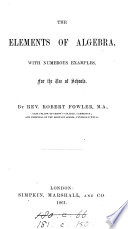 | Robert Fowler - 1861 - 426 pages
...a : I : : m : t. xi. When any number of magnitudes are proportionals, as any one of the antecedents is to its consequent, so is the sum of all the antecedents to the sum of all the consequents. Let a : Ъ : : с : d : : e : f, Then shall о : Ъ : : a + с + e : Ь + d +f; а с а е For =- = - and... | |
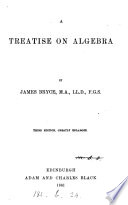 | James Bryce - 1861 - 376 pages
...± a : b : : d ± с : d. 184. When any number of quantities are proportionals, as one antecedent и to its consequent, so is the sum of all the antecedents to the sum of all the consequents. Let there be any number of proportionals, a :b : : с : d : : e :f ; then ad = bc, and af=be; also ab =... | |
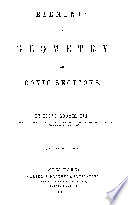 | Elias Loomis - Conic sections - 1861 - 244 pages
...are proportional, any one ante e&dent is to its consequent's the sum of all the antecedents* i& t& the sum of all the consequents. Let A : B : : C : D : : E : F, &c. ; then will A : B : : A+C+E : B+D+F For, since A : B : : C : D, we have AxD=BxC. And, since A : B : : E :... | |
| |